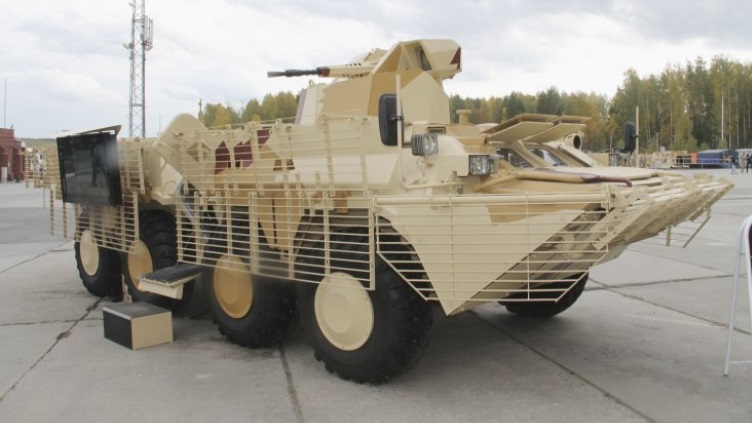Moon
SENIOR MEMBER

- Joined
- Oct 27, 2014
- Messages
- 2,504
- Reaction score
- 2
- Country
- Location
I have a question, in an era of smart munitions capable of striking hangars with precision unheard of even a decade ago, why can't a cage/slat armour be developed for hangars that prematurely detonates the warhead of the bomb?
Now before someone says it's a daft idea, hear me out:
A hangar unlike a tank isn't limited by weight, mobility or stealth. A cage armour with multiple layers of cages spanning a metre or two higher can prematurely detonate any anti airfield munition out there and negate the penetrative ability of its warhead or even the tandem warhead. And can significantly reduce the damage on the main hangar structure, allowing for increased survivability in case of an attack by any stand off munitions/smart bombs.

Essentially this, but on top of a hangar, and multilayered, as in a layer of cage every foot or so.
It may sound bogus, but I think it could work really well.
Would really like to hear your opinion on this.
Now before someone says it's a daft idea, hear me out:
A hangar unlike a tank isn't limited by weight, mobility or stealth. A cage armour with multiple layers of cages spanning a metre or two higher can prematurely detonate any anti airfield munition out there and negate the penetrative ability of its warhead or even the tandem warhead. And can significantly reduce the damage on the main hangar structure, allowing for increased survivability in case of an attack by any stand off munitions/smart bombs.

Essentially this, but on top of a hangar, and multilayered, as in a layer of cage every foot or so.
It may sound bogus, but I think it could work really well.
Would really like to hear your opinion on this.








